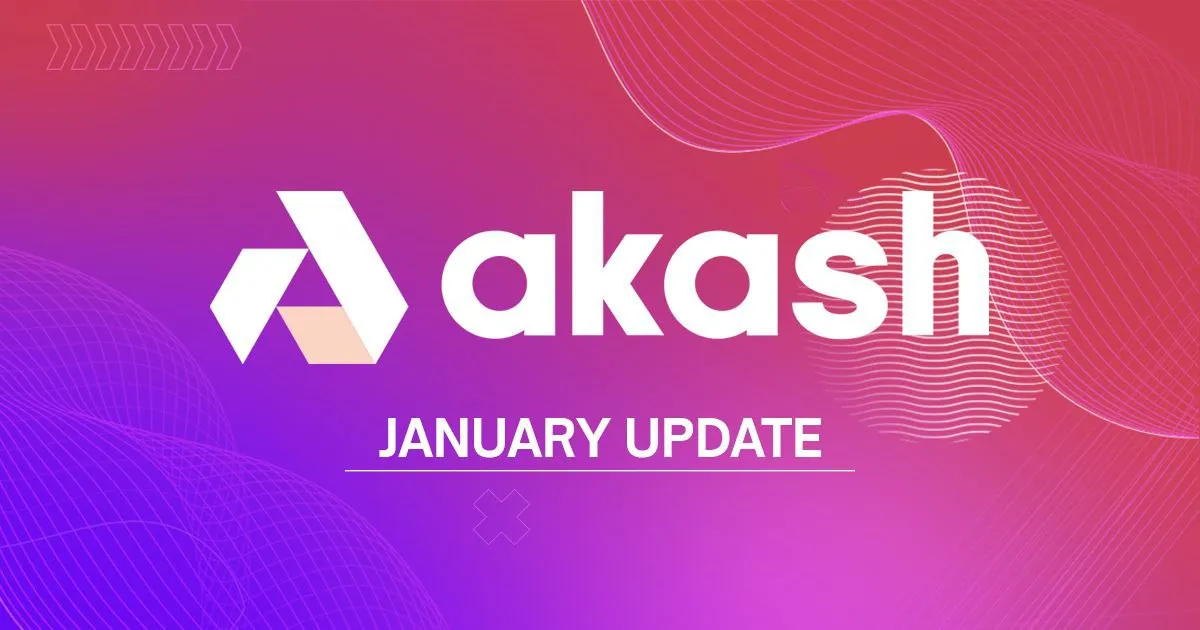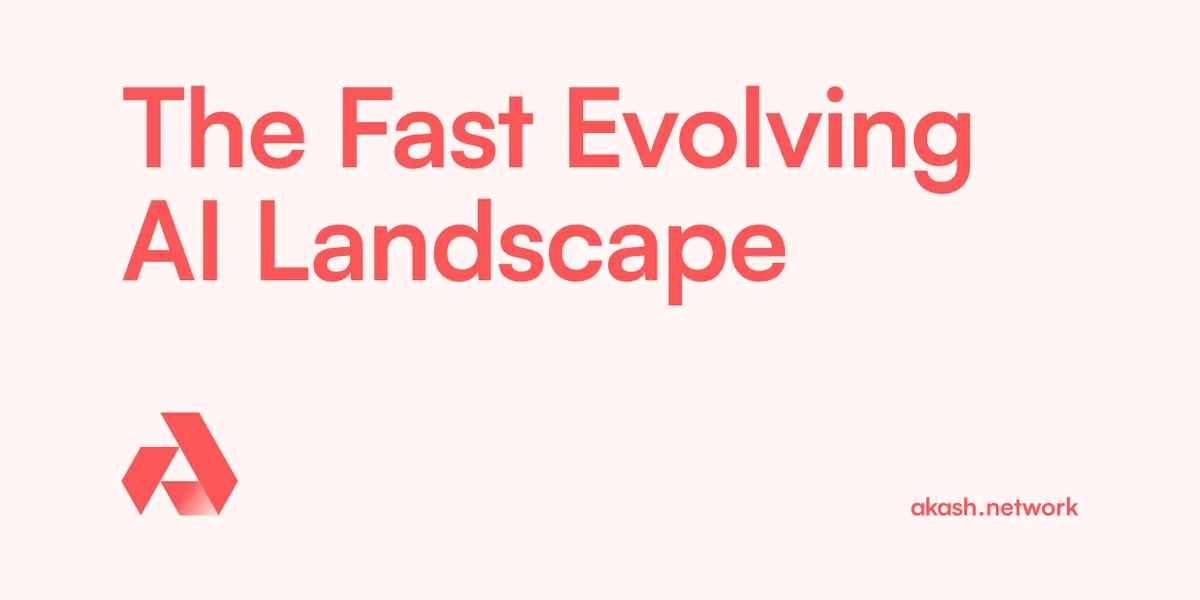

We’re just beginning to experience the “new normal” of lockdowns, quarantines, and social distancing, of a complete disruption to our way of living and our way of working. Each week, we have more colleagues, neighbors, friends, and loved ones getting infected, or felled, by a virus we still don’t fully understand.
Leveraging Blockchain, AI, Machine Learning, and Cloud Computing
First detected on December 31st, 2019, in the Chinese town of Wuhan, it wasn’t too long ago on March 11th that the World Health Organization (WHO) declared the coronavirus outbreak a pandemic. Throughout the month of March, COVID-19 progressively wreaked havoc around the world, with the number of global cases surpassing 750,000, and over 36,000 deaths. Italy has been the worst affected, and the U.S. has become the new epicenter of the infection with over 160,700 cases and 3,000 deaths. Infections and deaths continue to climb.
On March 25th, the government of India put its 1.3 billion people on the strictest and most severe lockdown yet, and in the absence of community transmission. A third of the world’s population is now under lockdown, with economies around the world in various stages of paralysis or breakdown.
The global fight against coronavirus requires that doctors, scientists, researchers, and governments are able to track, collect, integrate, model, and analyze disparate verified data sources that can be trusted. The most promising coordinated efforts to battle the virus are those that leverage blockchain technology to securely and anonymously capture and integrate massive public and private data sets, and harness the powerful modeling and computational analysis of artificial intelligence, machine learning, and deep learning fueled by massive cloud computing resources.
Blockchain Enabled Capture and Tracking of Verified Data
With a worldwide outbreak, real-time data needs to be quickly and securely shared across continents, countries, and teams. Given the decentralized, permissionless, and privacy characteristics of the technology, the World Health Organization (WHO) chose to build its “verifiable information highway” project on blockchain technology.
To develop the project, named MiPasa, the WHO partnered with corporations like IBM, Oracle, and Microsoft; academic institutions like John Hopkins University; and U.S., Canadian, European, and Chinese national health institutions. MiPasa leverages IBM Blockchain and is a distributed ledger technology (DLT) based platform built on Hyperledger Fabric.
As a global data capture, integration, and communication platform, it will aid in faster and more reliable early detection of COVID-19 carriers and virus hotspots. Utilizing advanced and powerful data analytics and privacy tools, with a dedicated user app, MiPasa’s platform enables private and anonymized data sharing between individuals, state authorities, and health institutions.
MiPasa validates data in three ways:
- Reconciliation of disparate data sources from WHO, CDC, and others
- Ensuring new data entered into the system matches the original
- Reports from the public of inconsistencies or bad data
Being able to collect and analyze verified, trusted, and validated data about the virus’ spread will help us better coordinate and improve efforts to contain it.

Accelerating the Search for a Vaccine with AI, ML, and DL
When Chinese scientists decoded the genome sequence of the coronavirus, dubbed SARS-CoV-2, and posted the results in a public database on January 10th, researchers and biotech companies raced to find a vaccine. By leveraging AI, Machine Learning, and Deep Learning, several biotech firms already have clinical trials underway.
In just three hours, Inovio Pharmaceuticals, a biotech company in San Diego, developed a DNA-based vaccine called INO-4800 with its SynCon machine learning system. The vaccine is progressing rapidly through preclinical, animal, and human clinical trials later this year. Another company, Moderna Therapeutics, has its mRNA-1273 vaccine ready for a clinical trial after only twenty three days.
Scientists recently set IBM’s Summit, the world’s fastest supercomputer, to work running thousands of simulations to find drug compounds that could fight the coronavirus. Housed at the Oak Ridge National Laboratory in Tennessee, the supercomputer screened thousands of chemical compounds and found seven that could potentially treat the SARS-CoV-2 virus, by binding to the virus’ “S-protein” and rendering it ineffective.
Cloud Computing, at Scale and Distributed
Machine Learning, Deep Learning, and Artificial Intelligence workloads take enormous computing power. To provide COVID-19 researchers worldwide with free access to the world’s most powerful high performance computing resources and accelerate the pace of research to stop the virus, The White House announced the launch of the COVID-19 High Performance Computing Consortium on March 23rd, 2019, a public-private project led by The White House, the U.S. Department of Energy, and IBM, and including Amazon, Google, Microsoft, and HP; academic institutions like MIT, and government agencies like the National Science Foundation and NASA.
Through the Consortium, a number of institutions’ supercomputers and advanced computing systems—in addition to horsepower from the three biggest cloud-computing services: Amazon Web Services, Microsoft Azure and Google Cloud—will be made available to researchers rushing to contain the virus and accelerate treatment discoveries, enabling them to process enormous amounts of calculations in hours or days, instead of weeks or months.
Folding@Home, a distributed computing project, is leveraging a vast network of volunteered computers to aid in the battle against COVID-19. At 470 petaFLOPS, it has more computing power than the world’s top seven supercomputers combined.
Late in February as the virus started to spread, the Folding@Home project enlisted volunteers to donate their computers’ unused compute to help accelerate the development of life-saving therapies, in collaboration with multiple laboratories around the world. Just in the last two weeks of March 2020, there has been a ~1,200% increase in contributors, with 400,000 new members signing up.
Leveraging the strength of a distributed network of computing power, Folding@home’s 470 petaFLOPS is helping scientists research ways to block the COVID-19 virus from attaching to human cells.

Fighting Future Outbreaks
Now imagine a future where there is a decentralized, permissionless, and open cloud—a supercloud—made up of a network of 8.5 million data centers, and a global network of in-home supercomputers.
Participants in such an immense and distributed cloud could mobilize to securely and safely capture, integrate, and share vast amounts of public and anonymized private data sets asynchronously and in real-time around the world, to help track and stop future outbreaks before they progress. This same supercloud could provide much lower cost and underutilized computing to aid health organizations, governments, scientists, and clinicians to accelerate efforts to find a cure, and prevent future outbreaks.
At Akash, we’re building this future.
We’re developing Supercloud, the world’s first decentralized cloud computing marketplace, to unlock the unused compute of those 8.5 million data centers and a network of in-home Superminis. We’re currently underway on production of the Supermini, a powerful portable server and supercomputer. Built on blockchain technology, Supercloud and Supermini also provide organizations and individuals sovereignty and privacy over their data.
Escalating cloud costs from the major cloud service providers make running machine learning, deep learning, and artificial intelligence workloads increasingly expensive and cost-prohibitive for startups, academic institutions, researchers, and clinicians. Up to 90% lower in cost, Akash Supercloud is a faster, better, more secure, and lower cost alternative to cloud service providers.
We’ll be sharing more about our Supercloud and Supermini in the coming weeks. For now, here’s a teaser for our Supermini.

Join Our Telegram for Updates


